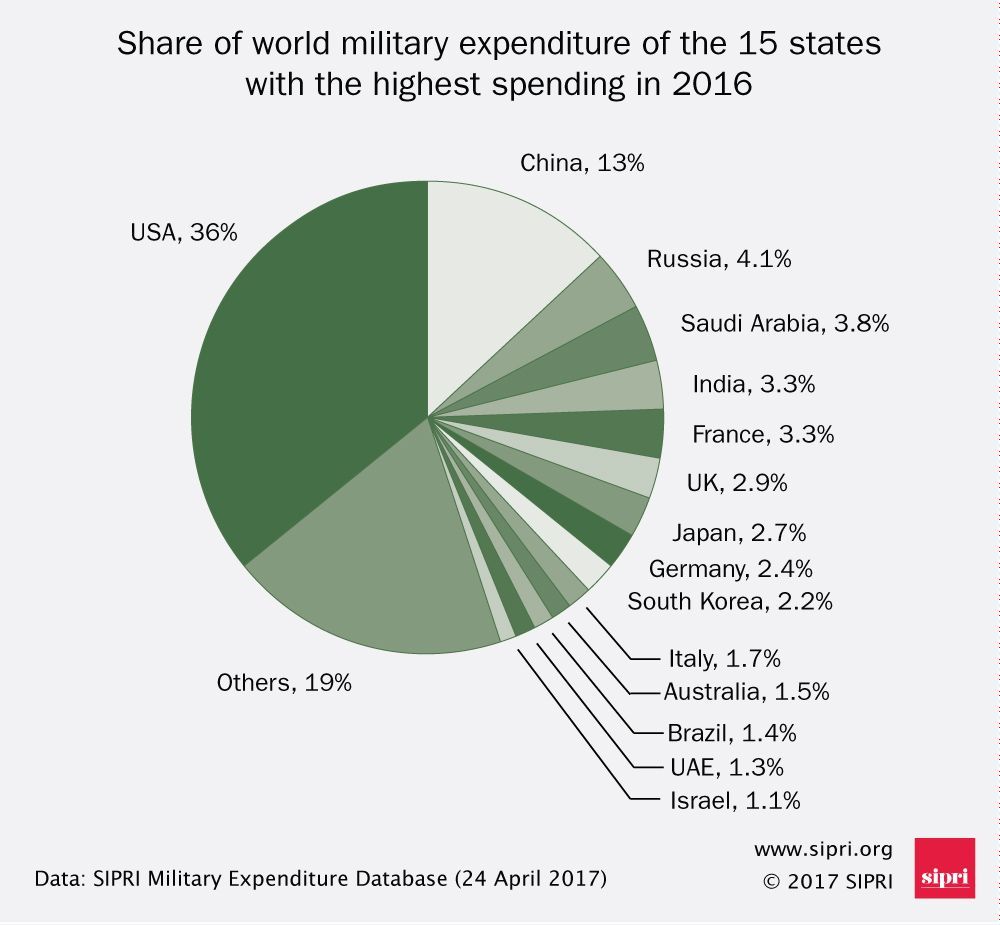I have a problem with his statement as it's way too broad to accept. Such as what radar those warships use, what it's capabilities are, how much does it cost (we all know that it's cheaper for PRC to produce this numbers compared to all 'Western' nations where it's about the same) and the capital of all those questions - how many of them respective countries need and how much capable? How many countries are there in the entire world with warships possesing well documented ABM capabilities? Two (US and Japan?)!
By this stupid reasoning you can call European countries weak when comparing them to PLAN but in case they would unite (hypotheticaly) with all their resources and capabilities I'm 100% sure they would match PRC capabilities in no time.
I mean those kind of comparison to prove somebody's point (not only AndrewS's - I'm reading those here almost every day) comparing apples and oranges without spending a second for a critical thinking. The rest of his post is OK for me. Japan is struggling with building warships... France is struggling... What other fantastic news will I hear today?
Russia has it's problems, Indians are doing OK aside from few of their projects. Royal Navy is at fault that they can't get more money for their needs but they worked hard for that in past 30 years in my opinion.
I could go on and on but this at least should let you know what my opinion on this matter is. With threads 'oh look, if PLAN will expand exponentialy like this then in 100k years they will have the biggest fleet in the universe and they will be able to from PRC to US on the desck of the warships without even getting wet for a second!' like. When public opinion doesn't even have a glimpse into the original PLAN planning points...
I think most of those threads should go back to original, more news-like, technical-like aspects instead of fantasies. Or at least create a thread about that on Strategic Defence sub forum for that. Because I'm tired of going through 25 posts about how big PLAN will be in the year 2300 to find a single post about, for example, recent Type 055 developments. And probably I'm not the only one here who feels the same.
There simply isn't very much happening in the way of news because it is only 3-4 vessels being built every year.
And I do think pretty carefully about what I write, and I disagree with your analysis on the navies of Japan/Russia/UK/France/India.
Japan currently has 6 AEGIS destroyers and is adding 2 in the 2015-2020 plan. That's barely enough to keep the industrial base going.
The biggest surface warship that the Russian navy has commissioned in the past 15 years is a frigate.
The UK only has 6 air defence destroyers, the French have 2. In terms of ongoing construction overall, barely anything is happening. And yes, if Europe was united with a single navy, it would be a different story in terms of a single naval fleet with a viable industrial base. But that is not going to happen.
Then we've got India which really struggles to do naval shipbuilding correctly.
So please tell me I'm wrong when I say that nobody else compares to China and the USA in terms of naval shipbuilding.
---
It's pretty obvious that China and the USA are in a different league, just from the military budget chart below. On an exchange rate basis, China spends 3x more on the military than Russia which is the next biggest spender. Plus costs in China are a lot lower than in the USA, but particularly for manpower intensive shipbuilding.
And you may be fed up of seeing what are middle-case projections for the Chinese fleet, there are enough people lurking who simply do not realise what China's capability and ambition means for the future.
I see this all the time as I'm in London.

